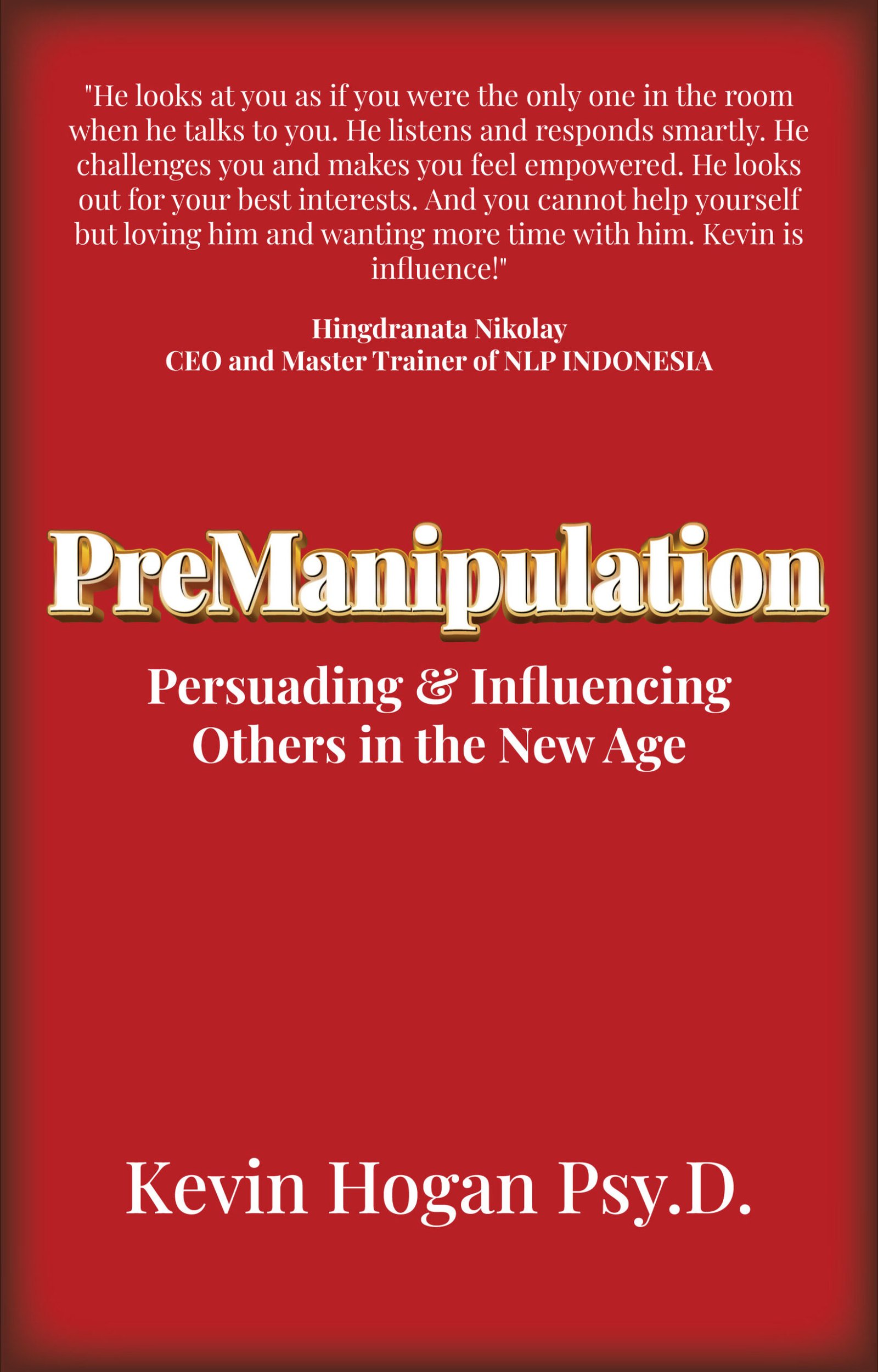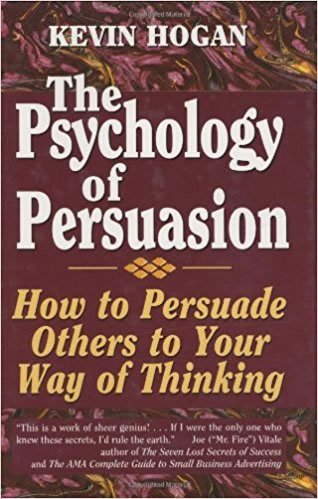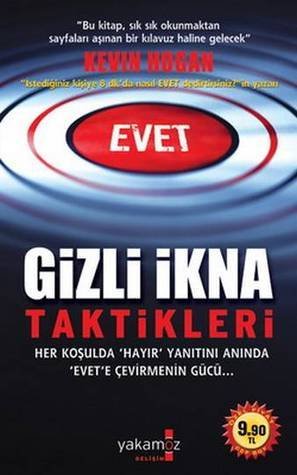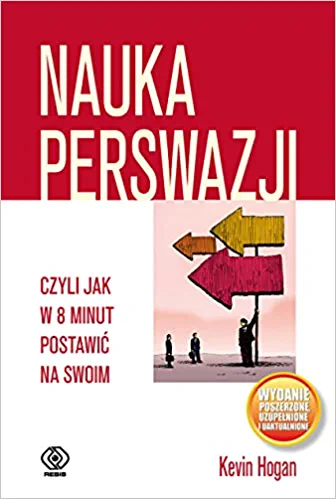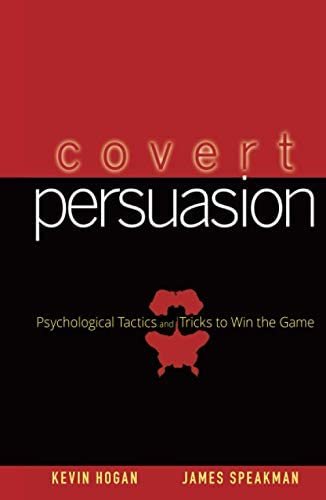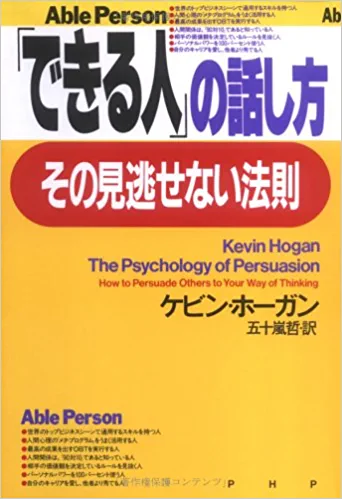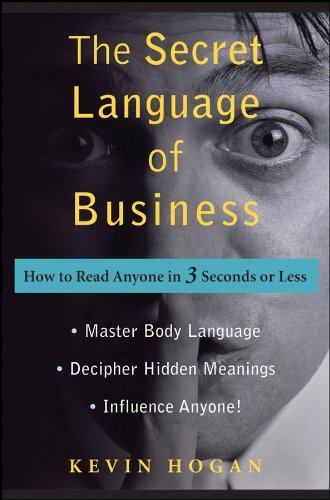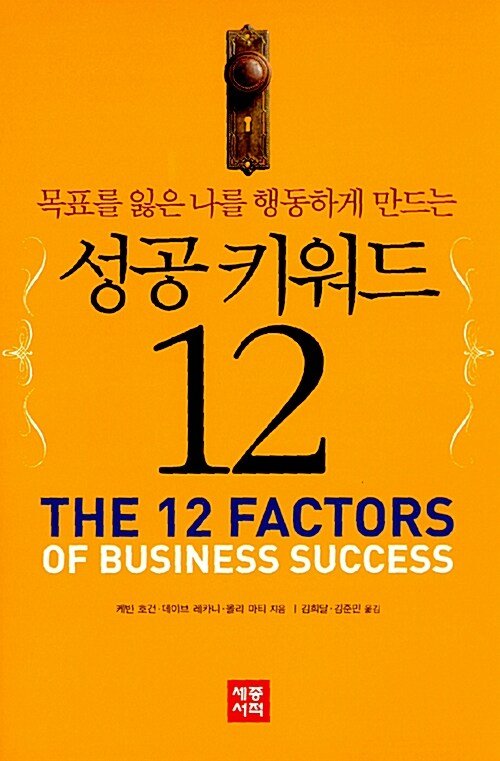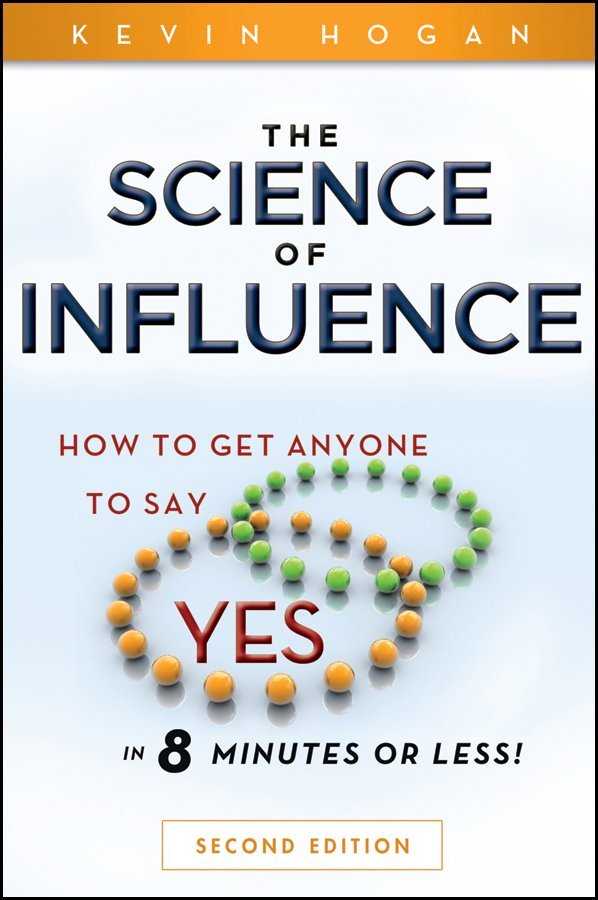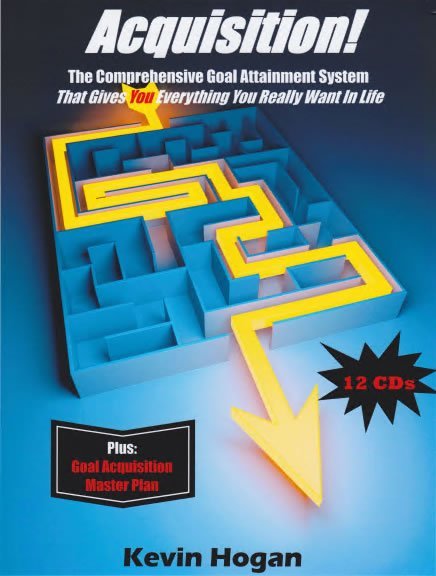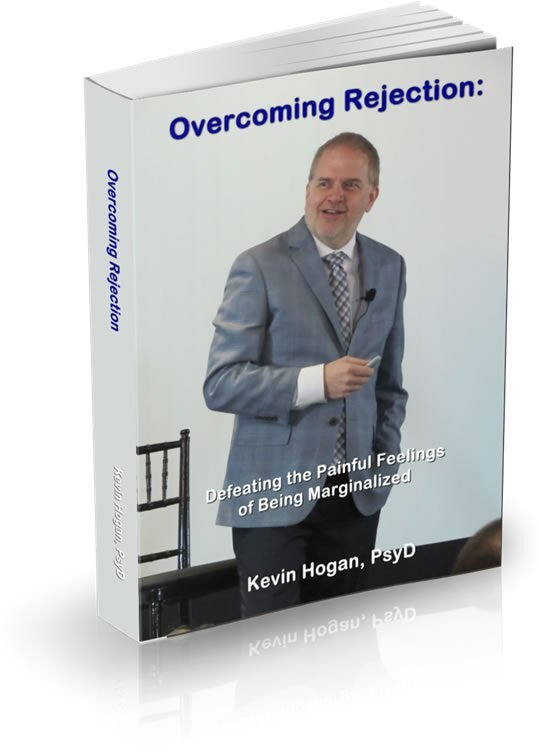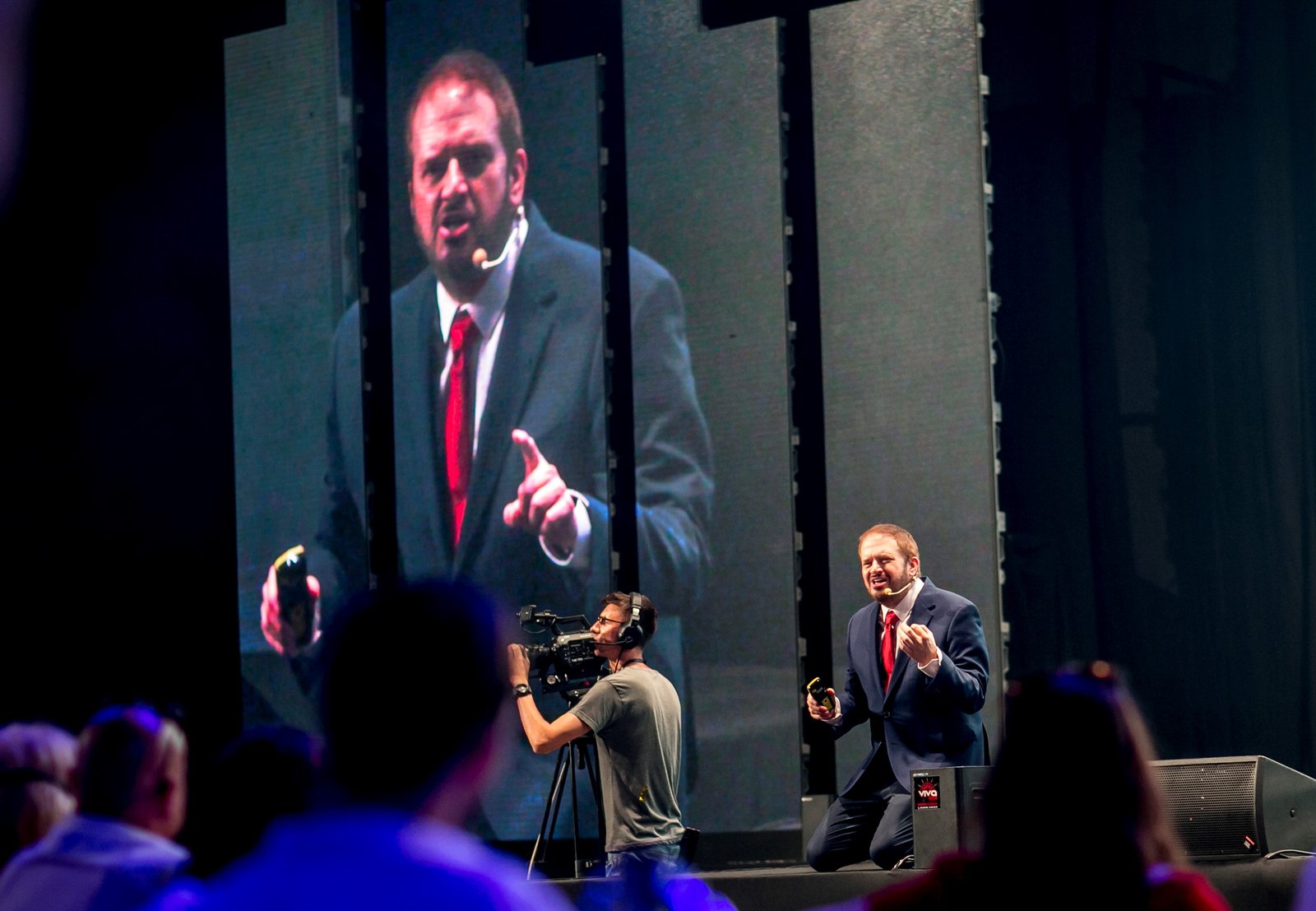
…Today I want to show you how to fire off a Compulsion so anyone and everyone can see you, your product, or your service in a compelling way.
I want people to see you and NOT be able to take their eyes off of you.
You’re going to be captivating. Whether it’s because of your message, delivery, appearance, charisma…let’s see if we can make that happen today…
When you have captivated them, then… you can trigger a compulsion at will.
The first factor to mention that can trigger the compulsion response is commonly known.
People are much more likely to BUY NOW if you can deliver instant gratification.

But WHAT now?
You…
A product…
A service…
An idea…
You will trigger desires and impulses that are potent enough to cause a compulsion in another person or group of people to have this unconscious reaction:
This is An Emergency! Do it NOW!
In the past you may have had difficulty triggering recognition in them that THIS IS AN urgent situation, even a pressing emergency that cranks up the absolute need for instant gratification, instant cure.
A teenager with a blemish on the night of the school prom can’t wait for a 7-day cure.
A guy who wants to watch a pay-per-view game can’t wait for a week for satellite installation.
When does DirectTV have it’s most installs? Yep. OPENING DAY FOOTBALL…!

The Compulsion Factor is triggering that moment where the person MUST do something NOW. They feel compelled to act. Remember when you set up ALL the dominoes and then you stared at the layout? Then you went to the first domino, waited a few seconds, the tension built inside and FLICK you released your finger and within seconds all the dominoes were down.
This is the Compulsion Factor.
Today you find out various ways to maximize this moment of gratification so people act now.
Because resistance plays a role in action/inaction, you subtly create and trigger these compulsion moments.
People have never been as simple to trigger as they are in 2019.
Today the phone beeps, buzzes or rings. It’s obnoxious…the new normal! You’re having dinner with the person. Nah, you’re doing almost anything and they “check their phone.”
Human nature has become incredibly easy to manipulate in the last 10 years.
Buzz. Check.
The random positive reinforcement keeps people “checking” and keeps them disengaged from thinking. Humans are now walking around with a slot machine in their hands. While they have a conversation with you about how terrible gambling is, they don’t even consider that’s precisely what they are doing all day, every day. They are playing a stimulus response “game” that has dopamine rushes and disappoints and they are guaranteed to lose about $80 per month…and most of the better aspects of life. (Humans now live in feedback loops that are seconds in nature instead of months or days. Humans don’t analyze well enough to live in short feedback loops and remain happy, calm, thoughtful, loving…)
There is a FORMULA that YOU can use starting today!
1) A desirable but unnecessary product/service that is in itself nothing of significance (a cable box or satellite dish) is out there. What it DOES is bring the fan, FAST and significant pleasure.
2) The football fan ALREADY DESIRES to see the upcoming Thursday night season opener and perhaps it’s only available on Direct TV. (That almost makes it SCARCE.)
3) The fan has the COMPULSION TRIGGERED like a gun releasing a bullet toward a target by experiencing (seeing, hearing) a promotion or an ad of some kind, somewhere.
4) The fan calls for service.
Every single one of these steps can be replicated by YOU for YOU or WHATEVER your product or service is because your product has MEANING and it is DESIRED by someone or some group of people.
As you might already have noticed, there is more to these four “steps” than meets the eye. We’ll examine them closely in a moment.
HUMANS desire WHAT IS GOING TO BE RECEIVED when they have an emergency and they experience the great fear/need to resolve a REAL problem…NOW.
It’s time for a Quick Quiz Question. Which Facebook or Google Ad… do you think will appeal to the average homeowner who has just had a huge overflow in the basement?
Think about the moment. They are almost in a panic mode. Now what which of these will get the phone call?
a) Paul’s Plumbing Repair – We Fix Toilets, Tubs and Everything that Leaks. Call 555-1212 for estimate.
OR
b) Peter’s Plumbing Repair is waiting for you to call at 555-1212. Instant service for your emergency. 365/24/7
Many companies would think that the Paul ad is just fine.
It gives the name of the company, contact information, and explains what the company does. But, nothing in it says, “We understand your INSTANT DESIRE/NEED at ANY TIME and we can fulfill it.”
I’ve literally talked with people who want to be in business but not available 365/24/7. It’s cute.
“You don’t want the products that you personally buy to be delivered today, or available to be purchased today?”
They say that of course they do.
Thus they want to be a consumer.
YOU be real. Make it so your customer, lover, friend, whoever can get a hold of you/or order/or get information 365/24/7.
The Peter ad is all about the consumer who is in CRISIS. And remember almost NOTHING a consumer or person is experiencing is really a crisis in real life. People think they are in crisis when there is no impending doom at all. But you want people to see you as if it’s critical that they have YOU right?
People NEED YOU NOW because YOU are the solution to something they desperately need.
Do you talk about YOU or do you to talk about THEM, the client, the customer, the consumer?
Guess how much money you make with Paul’s Plumbing?
Zip.
How do you know?
Because the plumber either understands WHY people call him or he does not.
If he understands that people call a problem when there is a REAL problem (in reality or in the consumers mind), there is no need to have an “about us” ad.
Paul just doesn’t get that instant gratification comes from the consumer’s ability to download a product (for example) from the Internet and get relief from a problem or desire without having to wait. And of course most solutions aren’t downloadable but the knowledge th at if you place the order today that it will ship today is a very strong response to a compulsion.
at if you place the order today that it will ship today is a very strong response to a compulsion.
When She Experiences the “I Have No Patience” Feeling
People will buy a product that can be delivered instantly or quickly over a product that will take time to deliver.
This is why Kindle has been such a hit. It’s why when you order a book you quite often get a downloadable PDF of Chapter 1 that you can read NOW. Then it’s simple: Click a button, enter your credit card number and in a matter of seconds or tomorrow, you’ve got what you ordered. There’s no worry and no waiting.
Instant gratification is an evolutionary demand; it is no wonder that humans figured out how to make stuff happen instantly.
Before I get to some really cool new covert research, I’d like to get inside of their mind for a moment and show you simple ways to trigger those around you.
Understand that all DESIRES are not MANIFEST in the SAME WAY. Knowing the core drivers is not enough. You need to know how they are manifest and then WHAT will trigger that driver that causes the COMPULSION to occur.
Covert Persuasion and the COMPULSION Factor in 2019

She sees the sweater and knows that she will look great in it. She wants it! She’s just about ready to go try it on when she sees a pair of shoes. She knows she can’t buy both.
But, those red suede pumps are calling her name. What goes through her mind as she considers these choices?
She becomes paralyzed because BOTH options are SO attractive!
What happens in buyers brains as they consider difficult choices? What can YOU and other retailers do to make the choice process easier for consumers to say “I want it now!”?
You have to make a contextual adjustment to trigger the COMPULSION Factor.
Akshay Rao, a marketing professor at the University of Minnesota’s Carlson School of Management, has conducted research that shows that

decision making is simplified when a consumer considers a third, less attractive option.
For example, when a second, less desirable sweater is also considered in the situation above, the shopper could solve their problem by choosing the more attractive sweater. The less appealing sweater plays the role of a “decoy” that makes the other sweater appear more pleasing than before.
“In some ways, it is quite straightforward,” said Rao. “When a consumer is faced with a choice, the presence of a relatively unattractive option improves the choice share of the most similar, better item.”
In the Journal of Marketing Research article “Trade-off Aversion as an Explanation for the Attraction Effect: A functional Magnetic Resonance Imaging Study,” Rao and co- author William Hedgcock (University of Iowa) explain the reasons for this decoy effect.
Volunteers had their brains scanned while they made choices between several sets of equally appealing options as well as choice sets that included a third, somewhat less attractive option.
Overall, the presence of the extra, “just okay” possibility systematically increased preference for the better options. The fMRI scans showed that when making a choice between only two, equally preferred options; subjects tended to display irritation because of the difficulty of the choice process.
So what happens when YOU add that third choice…the choice that is not so amazing?
And is there another way to use this research for remarkable results!?
Legend Point: The presence of the third option makes the choice process easier and more pleasurable.
“The technical evidence for our conclusion is quite clear, based on the imaging data,” Rao said.
“When considering three options, our “buyers” displayed a decrease inactivation of the amygdala, an area of the brain associated with negative emotions. Seemingly, subjects were using simple heuristics –short-cuts or decision rules — rather than a more complex evaluation process, when they were evaluating three-item choice sets.”
In English that means:
Show people three things,
one cool choice and two not so cool choices,
and they don’t think as hard or as long.
They take a more simple and quick approach to the analysis and say, “that one.”
When there are TWO items to choose from, people hem and haw and might do so forever.
- Should we move or not.
- Should I ask her out or not.
- Should I get married or not.
- Should I buy it or not.
- Should I invest, or not.
A mess.
Legend Point: Instead, present THREE CHOICES, not two. This will cause a quick choice instead of a yes/no. (They are far more likely to buy SOMETHING instead of say “no.”)
A variation we’ve successfully studied is to price a slightly better product at a MUCH higher price as your third option. This then draws the buyer to what is now the “middle choice.”
If you need your customer buy your services or  produces or YOU, do this:
produces or YOU, do this:
Choice 1 = A Nice Option = 7 (1 – 10 scale)
Choice 2 = A Great Unattainable/Expensive Option = 8
Choice 3 = An Unattractive/Undesirable Option = 3
There are several practical implications of this research. Irrelevant alternatives are routinely encountered in a variety of settings including web-based travel and vacation markets, cable deals, cell phone plans and even newspaper circulars. In these markets, the addition of irrelevant options is a strategy that will typically reduce negative emotion.
“Retailers interested in helping ease the pain of consumer decision making may introduce decoys, loss leaders, or other products similar to the ones they really want to market. It will make the focal product look more attractive,” said Rao.
 “Plus, a frustrated customer struggling to choose between two equally attractive options may decide not to buy anything — the introduction of a third option may be better for everyone.”
“Plus, a frustrated customer struggling to choose between two equally attractive options may decide not to buy anything — the introduction of a third option may be better for everyone.”
[Adapted in part from materials provided by University of Minnesota. University of Minnesota. Inside The Consumer Mind: Brain Scans Reveal Choice Mechanism
Now, imagine that there are three choices but the person still hems and haws. How do you prepare for THIS?!
Some people read this article because they want to be the answer for that one special person. Others for the group. Still others for their business audience.
Let’s look at as many different scenarios as possible so the installation process goes well today!
Imagine you are a direct mail marketer. You want to sell something to consumers via mail. Your first job is to get that consumer to read your sales message. Not an easy thing to do. When your envelope arrives mixed in with bills, magazines, personal letters, and everything else in John and Jane Doe’s mailbox, it may be tossed into the wastepaper basket without ever being opened.
This is one reason that postcards are so effective — no envelope to open. It’s also the reason that you find so-called “irresistible” marketing messages on the outside of a sales envelope, printed there in the hopes of hooking the consumer.
The unfortunate thing is that more often than not, a lot of people — choose phrases that are a turn OFF, rather than a turn ON.
To show you how this works, think about things from the customer’s point of view. If you were a therapist you’d do they exact same thing from your clients point of view.
Read the pair of unique positioning statements below and decide which product you’d buy online:
Jane’s Jewelry Cleaning Kit
“Make old worn-out jewelry look like new again?”
OR
Joe’s Jewelry Cleaning Kit
“Discover how professional antiques dealers transform tarnished junk into vintage jewelry with an amazing product that’s finally available to consumers.”
See how easy #2 just slides past all the resistance you have and glides right through the unconscious mind?
That’s hypnosis.
When you read the question posed on the Jane’s envelope, it’s easy to say, “No, I don’t want to learn something” and thrown the offer in the garbage. Case closed. Sale lost.
The Joe’s offer, however, packs a powerful 1-2 punch emotional punch — actually a 1-2-3 punch —
Let’s break it down.
- Your desire for knowledge is aroused by the word “discover”. We’re all curious creatures who want to know more.
- Your need for trust is stimulated by the word “authorities”. We’re skeptical of what advertisers may say, but we trust the opinions of professionals in a given field.
- Your need for greed (a natural drive also known as acquisition) likes the idea that you can use this product to make money just like the dealers…by increasing the value of what you have.
Just 20 words deliver so much psychological prodding to your brain that before you know it, there is a very good chance that you’re salivating like Pavlov’s dog and ripping into that envelope, desperate to learn more about the offer…even though you may not even have any jewelry yourself!
Pick a Winner
Covert Quiz #1
This time, imagine you are not writing a direct sales piece. Now you are the manager of three salespeople.
Each of the three salespeople below has taken a prospective client out to lunch. Each is trying to make a sale. Each has read this article, but only one is successfully targeting emotions. (Yes, emotional marketing techniques are just as important to selling in person as they are to selling in print.)
(Forgive the stilted language and one sided conversation as I tighten the scenarios up for you!)
See if you can spot who’s going to seal the deal:
Albert
“I guess it’s a little crazy to talk about losing weight and health clubs here at Café for Fat People. But you know, after we finish here, if you have any time left, you really should come over to Club Trim Down and let me give you a tour. We offer a lot of equipment and even though you have to work pretty hard, the results…although they’re not guaranteed…can be really amazing.”
Bianca
“I couldn’t help but notice that you changed your order from a Swiss cheese burger to a just a burger. It’s probably good to be watching your health. More and more people who I see in my health club are cutting down on dairy for heart health. In fact, I think one the reasons I think Club Trim Down has gotten so many new members is that people realize how important it is to exercise if you don’t want to have coronary problems. And if we have any discounted memberships still available from our last promotion, this would be the best time ever to join.”
Callie
“Thanks for meeting with me over lunch. We’ve been so busy trying to cleaning up Club Trim Down that the only time I have a chance to eat is when I meet with someone like you. I don’t want to get into the gory details of what’s going on. Our priority right now is bringing in as many new members as we can as fast as we can, but I can tell you that we’re offering some really deep discounts in our 12-month membership prices.”
The winner is — Bianca. (Duh!)
Callie was on the right psychological track.
She was building trust — and that DOES matter — by admitting that the club was in trouble and is working aggressively to become successful.
But, by refusing to be upfront and explain exactly what had gone wrong at the club, Callie accomplished the complete opposite of her goal: loss of trust.
Callie‘s potential club member likely became worried that Club Trim Down had failed a health code inspection, was having problems with it’s equipment, or maybe was going to close before the year was out. That meant that joining was probably not a great idea.
Result? No sale.
As for Albert…well, let’s leave that poor, soon-to-be-out-of-businessman to his last day as a salesperson.
Everything about her presentation pushes the prospective client away. This really isn’t the right moment…the solution I’m offering is hard…There’s no guarantee that you’ll be satisfied.
That’s no way to make a prospective client feel good about doing business with you!
So is there a hypnotic trick to the Compulsion Factor?:
The Hypnotic Thinking Process
 …bypassing critical thinking.
…bypassing critical thinking.
That is in large part, what hypnosis is.
Watch… check out the illusion to the right.
Remember the attractive girl with the alarm clock on page one of this article?
This illusion isn’t as pretty but it still captivates.
Very difficult to take your eyes off it.
You keep returning to it.
Until now.
No really, it’s OK, now…
OK…
Remember, the first barrier to overcome is the lack of captivation. It’s not just attention you need it’s captivation.
Next?
You have to overcome the two key “questions” the mind is “asking.”
When a potential client is considering a product or service, the two basic questions in their mind are, “What’s in it for me?” and “Will I look/feel stupid if I buy this?” – Their brain just filters for the answer. And this is why hypnosis works so well.
The not-so-smart marketer will try to answer that question by simply listing the features of a product. That will only be effective with someone who is already an expert in that field.
Can you imagine trying to trigger the “need for now” with something like, “and the gas tank holds 22 gallons of gasoline!”
Understood?
Excellent.
Next, the smart marketer/salesperson — usually wins by…
(1) painting a compelling HYPNOTIC visual picture –that (a)pictures the prospect IN the movie,
(b)shows the audience reacting and
(c)explains how the features will benefit the consumer.
A and B are two pieces are critical for the third to be effective.
Time for another quiz!
See if you can you pick out the feature vs. the benefit in the product sales lines below:
Because feature descriptions generally only persuade the skilled or expert level individual, being able to highlight a benefit is incredibly valuable.
- Michael’s Motorized Golf Caddy means no more huffing and puffing on your way to the 18th hole.
- Randy’s Umbrella Policies protect you and your house for up to $1,000,000 so that you can sleep in peace, every night.
In the first example, the feature is a motor that pushes the caddy, but the benefit is not appearing out of shape when you stagger out-of-breath to the 18th hole.
The umbrella policy feature is a tangible million dollars of coverage, but the benefit is peace of mind.
People buy products and services for their reasons, their drives, their desires and… not yours.
 In hypnosis, and in all conversation, THIS is the reason you’ll want to use the word, “You” more than the word, “We” in your messages. When you present the benefits of your products or services, frame them with your prospects’ emotional interests in mind, not your own.
In hypnosis, and in all conversation, THIS is the reason you’ll want to use the word, “You” more than the word, “We” in your messages. When you present the benefits of your products or services, frame them with your prospects’ emotional interests in mind, not your own.
Can you see the difference in the two presentations below?
“Larry sells the best lawnmowers in the county.”
VS.
“Your lawn will look better with less work with Mary’s lawn mowers.”
In the first phrase, the message is about the company: “We are the best.”
In the second, the message is about the consumer:
“You won’t have to work hard to have your lawn look better.”
Their BRAIN is in THEIR head and has never been close to yours, so you have to view everything from THEIR Point Of View. When you begin to describe what they SEE, you achieve Virtual Identification and what is essentially, hypnotic “trance.”
Message #2 is the perfect answer to every consumer’s question:
“What’s in it for me?”
Adjust the focus from being about you and moving the attention to the other side of the table.
You’ll be sure to capture your customer’s unyielding gaze, if you focus on their concerns.
It is almost IMPOSSIBLE to turn away from someone who is speaking well of them. If your focus is 100% on the other person, they almost can’t walk away.
 Making A List, Checking It Twice
Making A List, Checking It Twice
What’s a simple example of covert hypnosis in action?
Christmas. Every year at Christmas, I watched this movie called Miracle on 34th Street. This is the story of Mr. Kris Kringle an elderly man in New York who believes he is Santa Claus. An attorney in the city takes on the government in an attempt to prove that Kringle is indeed Santa Claus. What happens? Just in case you haven’t seen the movie, I shouldn’t say. So do watch the movie. For those of you who know the show, of course you can’t keep your mind away from his beard, or Susan or even Albert the young Santa intern.
This Christmas, of course you’ll catch the movie and this triggers your thinking to remember that in marketing, sales and every day communication you’re never too old to believe in Santa Claus…
Remember?
…or at least to learn a lesson from him….
…now snap out of it…see how simple that is to do???
These brief time and reality shifting stories almost completely erase what happened on the prior page. Can you remember the last scenario on the prior page?!
Perhaps you can. But the fact is, most people can’t. Go ahead, click back to the previous page, check out where you were at and then come back here…
Santa (to extend the metaphor) knows his “clients” inside and out…and you should, too. Data collection — finding out what people want and why they buy — and using that data correctly will get you right where you want to be: deeply rooted in the heart of their mind.
Every time your offer appears…anywhere your brand is seen, people should react to you as if you are…Santa. Your “prospect” should be enthusiastically imagining what fabulous ‘gift’ you have in store for them that will make them happier. Every time they see “Brand You,” they’ll think: “Oh cool, Kevin is here!” Now insert YOUR name where it says, “Kevin.” Cool huh?
To persuade effectively, you need to be familiar with the full range of consumers feelings. If you know why people buy products and services like yours…what makes them feel good about their decision…
You can highlight those reasons in your messages to make it more effective and practically irresistible.
When privately asked why they’re making a purchase, people generally say they’re motivated by a derivative of one of these five key emotions:
- Fear of Loss
- Desire for Gain
- Desire for Comfort
- Pride
- Desire for Personal Satisfaction
Don’t Forget What You’re Doing
While we’re in the Old School of benefits and features, we should break one piece of new ground for you!
Here is the secret no one has ever told you…and only the elite know to begin with:
 ‘ Never talk “benefits” without immediately referring to your offer/proposal. When your potential clients are all revved-up by the benefits offered by a feature of your product, you want to capitalize on that emotion immediately.
‘ Never talk “benefits” without immediately referring to your offer/proposal. When your potential clients are all revved-up by the benefits offered by a feature of your product, you want to capitalize on that emotion immediately.
THIS is where The Compulsion Factor CAN come into play!
If you fail, they will almost IMMEDIATELY OSCILLATE to the OTHER DIRECTION.
Also, (if you are using persuasion in the online world) seize the opportunity by issuing or repeating a “Click here to order now” message or button. (In real life, it’s time to ask for the date…)
Next do this…:
Simplifying the communication with The Basic Human “Needs”
In this section, you’ll learn about the hot buttons that ‘activate’ the Compulsion Factor to fulfill some of these basic human needs.
Generally, when people talk about basic human needs, they’re talking about our most primitive drive for food, shelter, clothing, and love.
We aren’t taught to need these things, the desire for them is hot-wired into our genetics and are responsible for our primary motivation as human beings: to avoid pain and maximize pleasure…to escape from fear and move to relief and safety.
No longer primitive, and generally able to satisfy this core of the most basic of needs, contemporary humans are now free to expand their “gotta have it” list to include…
- Security – the need to feel safe
- Adventure – the need for a “rush”
- Freedom – the need for independence and spontaneity
- Exchange – the need to share information and knowledge
- Power – the need to be in a position of authority
- Expansion – the need to build and grow
- Acceptance – the need to be accepted by others
- Community – the need to be around people like ourselves
- Self-Expression – the need to reveal ourselves through speech, actions, dress, etc.
 If your message can demonstrate that you can meet any of these basic needs…or, better still, that you can satisfy a combination of needs…then persuasion is a snap, just like the Compulsion Factor!
If your message can demonstrate that you can meet any of these basic needs…or, better still, that you can satisfy a combination of needs…then persuasion is a snap, just like the Compulsion Factor!
It Starts with Fear….
You probably don’t sit around thinking about worst-case health scenarios, but insurance companies do. They use those scenarios and the fear attached to them to shock you into buying a product that you wouldn’t have considered otherwise.
Our fears, whether they’re of illness, loss, or social rejection motivate us to make wise decisions by forcing us to consider negative possibilities —
“Will I die if I don’t follow this diet?”
“Will my business collapse if I don’t purchase this software?”
“Will I be embarrassed if I don’t use this deodorant?”
There are a few types of consumer ‘fears’ that you can covertly leverage toward “YES.”
- Fear that the status quo will go from good to bad and from bad to worse if he/she doesn’t buy your product.
- Fear that the consumer will be paying more than is necessary unless he/she does business with you.
- Fear of making a mistake in choosing a solution unless it’s YOUR solution.
- Fear of losing out on an opportunity unless they act now and purchase your product.
KEY POINT: Fear of Loss is extremely important in persuasion.
When writing your message, articles, copy, presentations, bear in mind that people respond more to what they are going to lose than to what they are going to gain. Always remember this simple phrase: “…fear of loss.”
Ask yourself: What will my customers stand to lose if they do not buy my product or service? When you’ve figured out the answer, you’ve identified a key sales point for your sales letter.
 A word of caution: Fear works when an optimal level of fear is evoked. Not too much, not too little, but a level of fear that’s just right. Don’t be dumb. The only place people want to see horror is at the theater.
A word of caution: Fear works when an optimal level of fear is evoked. Not too much, not too little, but a level of fear that’s just right. Don’t be dumb. The only place people want to see horror is at the theater.
Fear almost always works best when it is RELIEVED as you request affirmation. How do you know what’s optimal? That’s tricky. You need to go to a level of fear that’s strong enough to scare people into action, but not so strong that it makes them so disturbed that they just turn off and stop reading.
And, of course, you should only use fear as a button when it’s clear that there is a way to avoid the feared stimulus as explicitly indicated — and the way to avoid it is with your product.
Next Week? Assure yourself you have fear apportioned and relieved with elegance and precision.:

